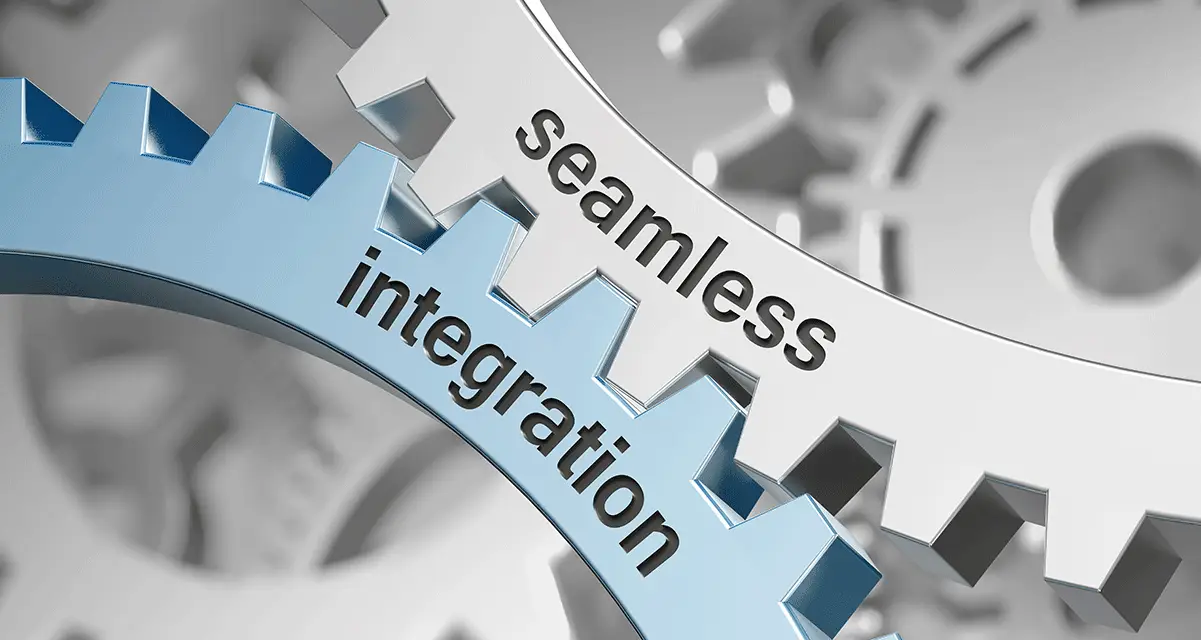Integrating WorkfloPlus into your existing digital ecosystem can enhance its effectiveness. WorkfloPlus as a standalone tool allows organisations to define, manage and execute their processes digitally. It also collects auditable and rich data. However, it is unlikely to be the only digital tool within that organisation. There is a good chance that work carried out using WorkfloPlus is either initiated or takes some context from information or events within other tools.
Before starting you integration journey, it’s wise to consider the below:
- Why do you want to integrate?
- How do you want to integrate?
- What do you want to achieve?
- Scheduling from external system
- Job reports written to file store
- Data written to analysis place
The most pragmatic way to manage the relationships between tools might be via manual tasks carried out by people according to business processes. For example, someone has raised a new work order, so I need to create a copy of the workflow with the new work order attached as a PDF. Then, I need to assign it to the right person. However, at a certain volume, depending on the simplicity of the rules, it might be more efficient to automate that interaction using some integration. This ensures that the action happens immediately and consistently according to some prescribed logic.
How to Integrate?
Often we are asked “Does WorkfloPlus integrate with X?”. Whilst some tools do provide direct integration to other tools, this typically occurs only when those tools are created by the same company, or by companies in partnership. It can also happen where they are recognised to form part of a “stack” (a software term for tools that are commonly used together). Much more commonly, some form of middleware or integration layer will be needed.
An integration layer sits between two or more tools and manages the interactions between them all. One of the advantages of using an integration layer is that it allows you to include your own business logic. Direct integrations between tools are often limited to common use-cases.
In order to enable and encourage integration with WorkfloPlus, it has been created using Open APIs. These are APIs that are publicly available to authorised developers to access data and initiate activity with WorkfloPlus.
What Can Be Achieved?
It’s hard to give an exhaustive list of the possibilities from integrating with WorkfloPlus. However, some of the most common examples would include:
- User Management. This allows external systems to create, edit or remove users as needed. It is especially useful where a workforce is quite transient in its nature. For instance, when it is comprised of a large number of contractor or temporary workers.
- Contextual data loading. Features such as job metadata and data collections provide additional contextual information to both those completing the jobs and the people reviewing the job later on. If the source of the data is an external system, then an integration layer could update it in response to any changes in the external system. It could also write the latest information to each job as it is created.
- External scheduling. If the plans and schedules for work exist in an external tool such as an ERP or PLM tool, then an integration layer could create a scheduled job in WorkfloPlus for each scheduled activity. It may also pull in files, drawings and metadata. These can be attached to the job before scheduling it for completion on the date and by the person/team indicated in the external system.
- Automated parts ordering. Where WorkfloPlus collects data related to usage of parts for repairs, this data could be fed into an ERP to enact automated purchase of replacement parts. It could even be used to predict future demand for parts and order them in advance.
Contact us to discuss your integration options and the possiblities of WorkfloPlus.

